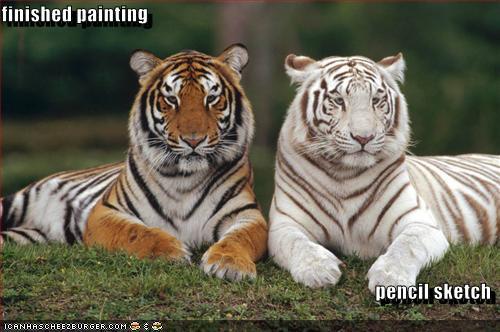A few days ago, I went to see Pirate of the Caribbean 4 and I fell in love. Not in love with Johnny Depp (who is quite sexy), not in love with Penelope Cruz (Who is also incredibly sexy). Oh no. I fell in love with the wardrobe!! Oh You have no idea how much I wanted to wear EVERYTHING Penelope Cruz was wearing. In any case, I began Planning the Minute I got home, I wanted to take her wardrobe from the movie and adapt it to a style that I could wear. I decided on three outfits. A dress (though it ended up more as a top and skirt combo). A shirt, and a coat.
First the coat:
This is my version of the coat that she wears in the movie. I haven't changed much, only adjusted it slightly the buttons are something I'm still working on , but I'll work it out better when begin the actual pattern.
Next comes the top:
this is a simple vest and a white undershirt. It will go with tight pants, probably leggings and some nice boots. I need a rather large belt as well and a bandana to top it off. The only thing I'd be making right now is the vest.
And finally the 'dress':
The dress incorporates the vest, its got to be a heavy fabric, I'd use floral or lace pattern probably. The and underbust corset with a lace front. and finally an uneven layered skirt, alluding to a typical wench skirt, but I want it to drape more.
Now I'm no expert in fashion or design in any way, so this is me just starting to make my own patterns... but SO far, this is definitely what I wanna try out next :)
First the coat:
This is my version of the coat that she wears in the movie. I haven't changed much, only adjusted it slightly the buttons are something I'm still working on , but I'll work it out better when begin the actual pattern.
Next comes the top:
this is a simple vest and a white undershirt. It will go with tight pants, probably leggings and some nice boots. I need a rather large belt as well and a bandana to top it off. The only thing I'd be making right now is the vest.
And finally the 'dress':
The dress incorporates the vest, its got to be a heavy fabric, I'd use floral or lace pattern probably. The and underbust corset with a lace front. and finally an uneven layered skirt, alluding to a typical wench skirt, but I want it to drape more.
Now I'm no expert in fashion or design in any way, so this is me just starting to make my own patterns... but SO far, this is definitely what I wanna try out next :)















